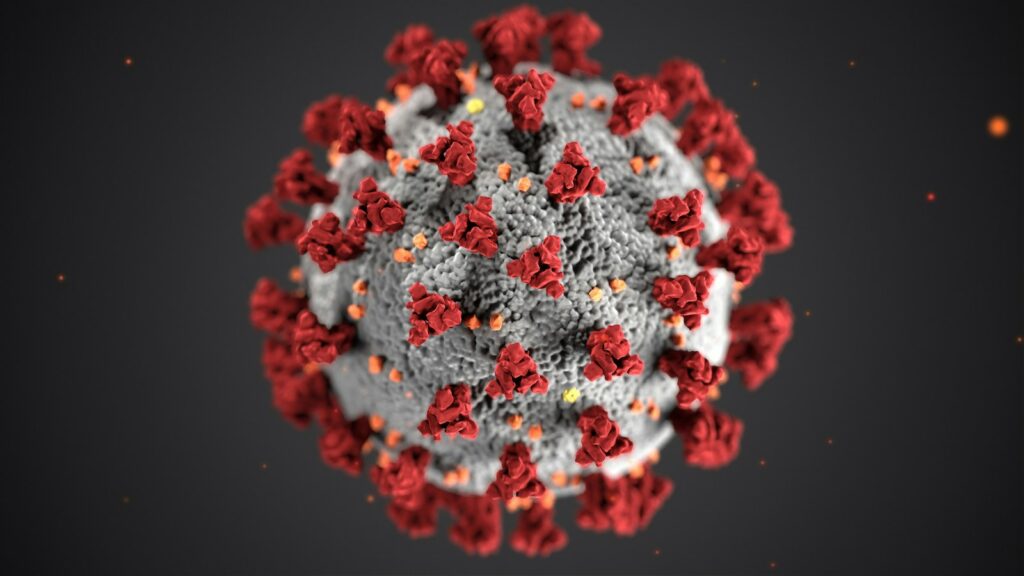One of the most exciting times in a parent’s life is welcoming their newborn baby into the world. But with all that excitement, worry and fear over what could go wrong can creep into a parent’s head. The first few months of a child’s life can be especially unnerving for parents because they seem so small and vulnerable. Being aware of what health issues your baby might potentially deal with is valuable information that can save you a lot of time and stress. Here, we’ll be taking a look into five common health conditions that babies are susceptible to, as well as what parents should know in order to help their baby recover effectively.
(1) Colic
Colic can be one of the most frustrating baby conditions for parents to deal with, especially because there never seems to be a reason for it. Colic is described as a pattern of intense and drawn-out crying (3+ hours a day, 3+ days a week) from an otherwise healthy baby. Dealing with a baby suffering from colic can be especially difficult, as many of these episodes occur later in the evening, causing tired parents more stress.
Infant crying and fussing is a part of the parenting experience, but colic can still be identified from normal crying. Colic is characterized by intense crying that may seem like a sign of pain. Parents may notice that these periods of crying happen at similar times day after day, and may also see tension in their baby’s muscles and limbs. infants with colic episodes are generally difficult to soothe and will remain quite irritable even after they have stopped crying. Pediatricians are unsure as to what specifically causes colic – this means that there isn’t a treatment for it. However, there are ways to ensure that your baby is able to get over their colic episodes; this includes ensuring your baby is well-fed, has a clean diaper and is burped well to relieve any gassiness. Other ways of dealing with colic episodes include rocking, singing and talking to your baby, as well as giving them a warm bath. Some parents have noticed that putting their child in the backseat and going on a slow drive can be calming for the baby.
(2) Constipation
Constipation in babies can be concerning for a lot of parents, but rest assured that it is a common issue that can be dealt with at home. Parents should expect their baby to have bowel movements around 8 to 12 times a day for the first couple of months – this goes down to 2 to 4 times a day from months 2 to 4. After this, babies will have less frequent bowel movements, around once or twice a day. Anything under these ranges could be a sign of constipation. Some other signs that your baby may be constipated include difficulty passing stool, a gassy abdomen, as well as cramps. Parents can also look at their child’s stool to identify potential issues. Hard, pebble-like stool, or stool with blood could also be signs of constipation. Babies straining for over 10 minutes to pass stool is another sign to be on the lookout for. If your baby is not yet eating jarred baby food, try giving them a little bit of apple or pear juice – 1 ounce of juice for every month of life up to 4 months. The sugars in these juices are known for loosening stool. If your baby is able to eat solids, vegetables and fruits can be helpful in dealing with constipation. Additionally, check the type of cereal your baby is eating – rice cereal is known for causing constipation in some children. If none of the above is effective, get in touch with a KixCare pediatrician – we’ll be happy to support you and your baby.
(3) Diaper rash
Diaper rashes are painful, inflamed areas of skin on your baby’s bottom – luckily, they can easily be cleared up with just a few changes and home treatments. These rashes are often a result of irritation from infrequent diaper changes (leading to waste rubbing against the skin), as well as the diaper material itself. The symptoms of diaper rash are pretty easy to see – your baby’s bottom will look red and very tender, and your baby may also seem very uncomfortable during diaper changes. Any contact to your baby’s bottom, including bathing, can cause them to fuss due to increased sensitivity.
The simplest way to deal with diaper rashes is to check and change your baby’s diaper more often. Pat dry your baby’s bottom between diaper changes to eliminate any build-up of moisture (which can lead to bacteria growth). Applying diaper creams and ointments can also help relieve any sensitivity your child is dealing with. Lastly, try out different brands of diapers – different materials may be more likely to cause a reaction than others.
(4) Jaundice
Estimated to affect 6 out of 10 babies, jaundice is the yellowing of skin or the whites of the eyes – this is caused by a yellow substance called bilirubin in a baby’s red blood cells. If a baby’s liver does not properly remove bilirubin from the body, it can cause a build-up that spreads through the rest of the body. It is simple to tell whether a baby has jaundice or not – skin that looks yellow is generally the giveaway. This yellow generally starts on the face and spreads down to the chest, stomach and legs. Your baby’s eye whites may also look yellow. Babies with jaundice also tend to be very drowsy and fussy. Newborn babies tend to have “normal” cases of jaundice because of the high levels of blood cells they have. These cases of jaundice don’t tend to last long. Infant jaundice tends to solve itself within a couple of weeks – this is just a baby’s body taking longer to dispose of all of the extra bilirubin. Jaundice can also be addressed with more fluid – breastfeeding babies should breastfeed more often, and can also supplement their breastfeeding with formula. Giving your infant indirect exposure to sunlight can also help with bilirubin breakdown. If your baby is still dealing with jaundice after 2 weeks, speak to a KixCare pediatrician for further steps and assessments.
(5) Common cold
Yes, your baby is susceptible to the same cold that you caught a few weeks ago – in fact, even more so. A common cold is a viral infection affecting the upper respiratory tract – this means your baby’s nose and throat. Babies suffer from colds quite frequently, with anywhere from 6 to 8 colds in their first year of life. This is because they have not built up immunity to the number of viruses that can cause a cold. The main signs a baby may be dealing with a common cold include coughing, a smaller appetite, fussiness, a fever and a runny nose – nasal discharge may start off clear and then turn yellowish-green.
If your baby is under the age of 3 months or exhibiting these signs for the first time, make sure to speak to a pediatrician, who’ll ensure that there aren’t any other reasons for the symptoms your child is exhibiting. However, like you, most colds in babies are mild and will resolve themselves in a couple of weeks. There is plenty you can do to help your baby recover faster – one key is to ensure that your baby is feeding often and is hydrated. Using a cool-water humidifier in your baby’s room can also help with congestion. Saline nasal drops are also safe for babies – these drops can help loosen any nasal discharge. Do not give your baby over-the-counter cough and cold medication – these are not safe for young children and can produce life-threatening side effects. Regardless of whether your infant’s medical condition is common or not, the KixCare team is here to help you and your baby recover quickly and get back to play. Available 7 days a week, KixCare’s network of pediatricians and pediatric care specialists are here to answer your questions and make sure your child gets quality medical care they need. Visit our main page to learn more about KixCare.



